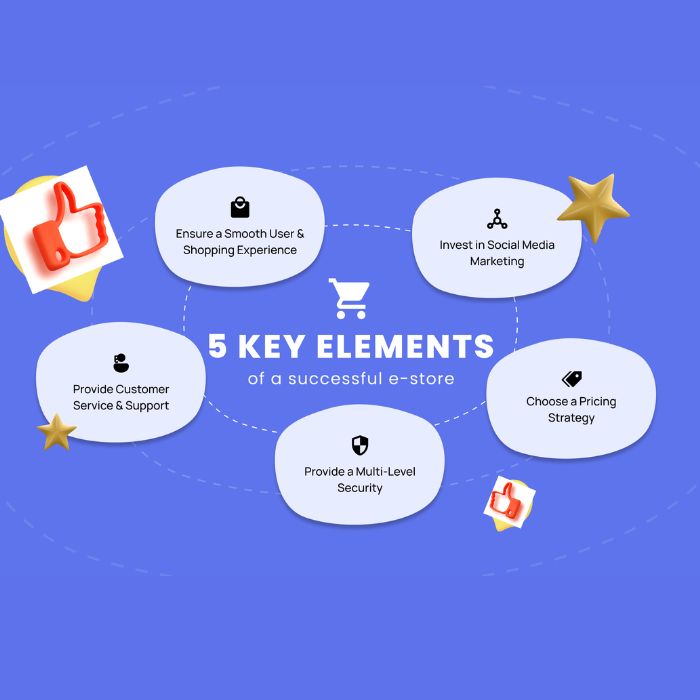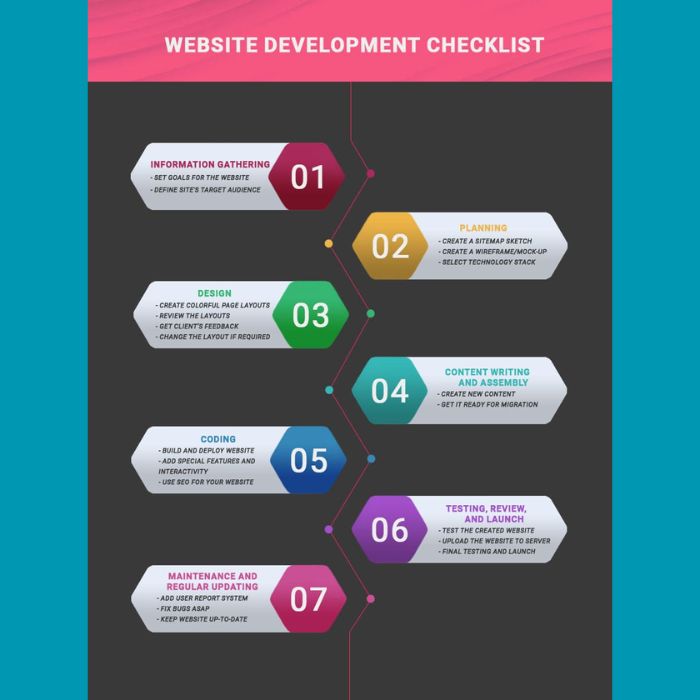Meta Title: Website Development Guide: Build, Optimize, and Rank Your Website
Meta Description: Learn everything about website development in this comprehensive guide. Discover tools, tips, SEO strategies, and best practices to create high-ranking websites.

Introduction: Why Website Development Matters
In today’s digital-first world, website development is more than just a technical skill—it’s the foundation of your online presence. Whether you’re a business owner, an entrepreneur, or a creative professional, your website serves as the gateway to your brand.
But building a successful website isn’t just about aesthetics. It’s about functionality, performance, and visibility. A well-developed website attracts visitors, engages them, and drives conversions. This blog will guide you through everything you need to know about website development, with a special focus on SEO, performance optimization, and modern trends.
What is Website Development?
Website development is the process of creating, designing, and maintaining websites. It involves two main aspects:
- Front-End Development: This includes everything users see and interact with—design, layout, and interactivity.
- Back-End Development: This involves server-side logic, databases, and ensuring the website functions seamlessly.
Modern websites often combine these elements with SEO strategies, responsive design, and advanced technologies like artificial intelligence (AI).
Key Elements of Website Development

1. Planning Your Website

The first step in website development is planning. Ask yourself:
- What’s the purpose of the website?
- Who is the target audience?
- What features and functionalities are needed?
Create a site map to outline the structure and content hierarchy of your website. Tools like Figma or Adobe XD can help visualize your ideas.
2. Choosing the Right Platform

The platform you choose will depend on your website’s purpose:
- WordPress: Best for blogs, small businesses, and portfolios.
- Shopify: Perfect for eCommerce.
- Custom Development: For complex, scalable applications using frameworks like React, Angular, or Laravel.
3. Writing the Code

Understanding the basics of coding is vital, even if you’re using a CMS (Content Management System). Key technologies include:
- HTML: Structures your content.
- CSS: Styles your website.
- JavaScript: Adds interactivity.
- Back-End Languages: Python, PHP, or Node.js for server-side logic.
SEO Strategies for Website Development

A beautifully designed website is useless if it doesn’t rank on Google. SEO (Search Engine Optimization) ensures your website is visible to your audience.
1. Focus Keywords
Choose a focus keyword for each page. For example, the keyword for this blog is “website development.” Place this keyword in:
- The title tag.
- Meta description.
- The first paragraph.
- Subheadings and throughout the content naturally.
2. Optimize Meta Tags
Meta Title Example:
Website Development Guide: Build, Optimize, and Rank Your Website
Meta Description Example:
Discover the ultimate guide to website development. Learn how to create high-ranking, user-friendly websites with these actionable tips.
3. Use Internal and External Links
- Internal Linking: Helps readers explore related content. Example: Check out our guide on SEO techniques for SPAs.
- External Linking (Dofollow): Adds credibility by linking to high-authority sources. Example: Learn coding basics at W3Schools.
4. Optimize for Mobile
More than half of all web traffic comes from mobile devices. Use responsive design frameworks like Bootstrap or Tailwind CSS to ensure your site adapts to different screen sizes.
5. Improve Website Speed

Fast-loading websites rank higher. Use tools like Google PageSpeed Insights to analyze and improve speed. Techniques include:
- Compressing images with tools like TinyPNG.
- Enabling browser caching.
- Using Content Delivery Networks (CDNs).
Building the Website: Step-by-Step Guide

Step 1: Design the Layout
- Keep it clean and intuitive.
- Follow a consistent color scheme and typography.
- Include whitespace to improve readability.
Step 2: Develop the Front-End

Write HTML for structure, CSS for design, and JavaScript for functionality. Use libraries like jQuery or frameworks like React.js to speed up development.
Step 3: Set Up the Back-End

Back-end development ensures your website can handle user requests, process data, and store information. Popular back-end frameworks include:
- Node.js for JavaScript developers.
- Django for Python enthusiasts.
- Laravel for PHP users.
Step 4: Add Content
Content is king. Ensure your text is clear, engaging, and SEO-optimized. Include focus keywords, internal links, and multimedia elements like images and videos.
Challenges in Website Development and How to Overcome Them

1. Ensuring Cross-Browser Compatibility
Not all browsers render websites the same way. Test your site on multiple browsers, including Chrome, Firefox, Safari, and Edge.
2. Security
Cybersecurity is a growing concern. Protect your site by:
- Using HTTPS and SSL certificates.
- Regularly updating plugins and software.
- Employing firewalls and DDoS protection.
3. Scalability
As your website grows, it must handle increased traffic. Use scalable hosting solutions and build a strong website architecture.
Modern Trends in Website Development

1. AI-Powered Websites
AI tools like ChatGPT enhance user experience by automating customer support, personalizing content, and analyzing user behavior.
2. Voice Search Optimization
As voice search becomes more popular, optimizing for long-tail keywords and natural language queries is crucial.
3. Progressive Web Apps (PWAs)
PWAs offer the benefits of both websites and mobile apps, such as fast loading times and offline access.
4. AR/VR Integration
Augmented and virtual reality can elevate websites in industries like real estate, eCommerce, and education.
Internal and External Linking in Action
Internal Links:
External Links (Dofollow):
Conclusion: Building a Future-Ready Website
Website development is both an art and a science. It requires creativity, technical expertise, and a deep understanding of user behavior and SEO. By following this guide, you’ll be equipped to create a website that not only looks great but also performs exceptionally well.
Remember, a successful website is never “finished.” Regular updates, SEO optimization, and performance monitoring are key to staying relevant in the ever-evolving digital landscape.
Start building your dream website today, and let your online presence shine!
Meta Description:
Learn everything about website development in this comprehensive guide. Discover tools, tips, SEO strategies, and best practices to create high-ranking websites.
